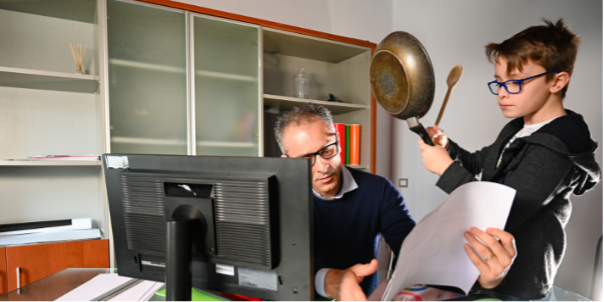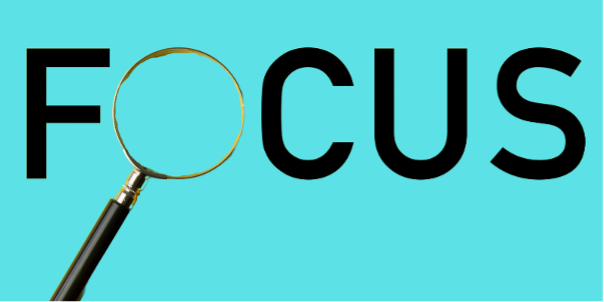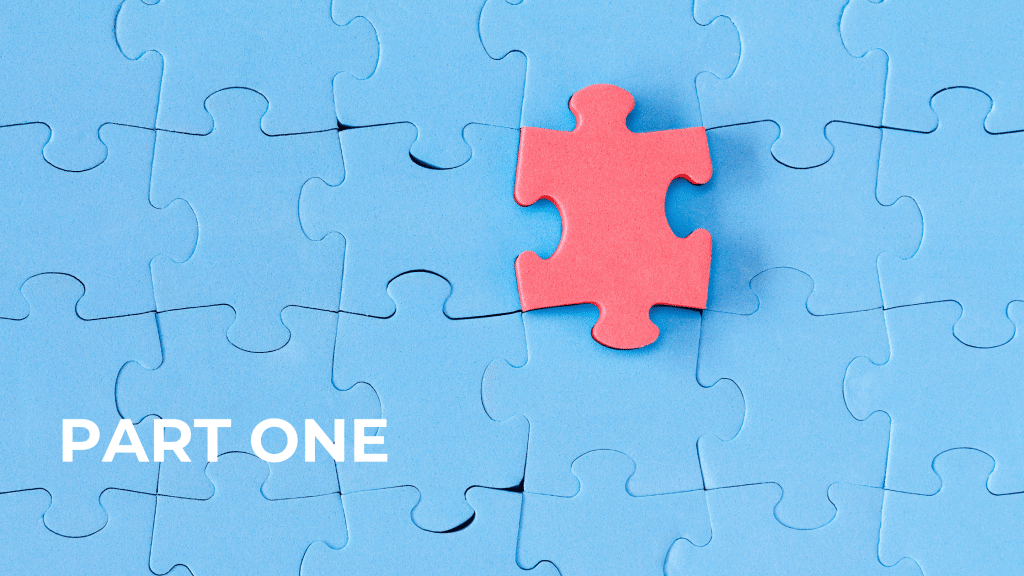I tried to learn French and German in my first year of high school. It was, at times, a chaotic learning environment.
I remember a day when some students barricaded the classroom door with chairs after the teacher was called away, and she could not get back in until after the bell rang.
Not surprisingly, the uncertainty in that classroom didn’t positively contribute to my learning. Nor did it encourage me to learn the language of my distant forebears.
Compare this experience to the one that Michel Thomas, a renowned linguist and language teacher, created in 1996 for students at London’s City and Islington College who were previously challenged with learning languages.

Michel Thomas developed a revolutionary method for teaching languages, emphasising stress-free learning and developing an intuitive understanding of what is being learnt instead of rote memorisation.
His method required students to embrace the uncertainty and learn through conversation and understanding the context. Thomas enabled this by creating an environment that stripped away:
- distractions (using screens to block out the outside world) and
- other non-essential elements (like desks, notebooks and blackboards) or
- other stress-inducing elements (like homework and revision).
In the BBC documentary, The Language Master, Margaret Thompson, the Head of the College’s French Department, agreed with the students’ self-assessment that Michel Thomas helped them learn the equivalent of five years of French over five days.
Regardless of whether you’re a fan of the Michel Thomas Method for learning languages, Thomas understood the power of uncertainty and ambiguity, how to use them positively and how to mitigate their impact.
He was a member of the French Resistance during World War II and afterwards in the American Army Counterintelligence Corp. During that time, instead of removing distractions and stress to reduce ambiguity, he added them to amplify it.
He leveraged uncertainty and ambiguity to reduce the likelihood of targets noticing inconsistencies that could give them away during resistance and intelligence operations.
He was a master in managing uncertainty to either achieve marvellous learning outcomes or finding the advantage in ambiguity to help bring Nazi war criminals to justice.

Apart from removing non-essential stressors and distractions to help the students at London’s City and Islington College find focus, he also reminds us of:
- the value of treating learning as an experience that provides people with a sense of forward progress
- the importance of patient teachers who ensure no one feels ‘less than’ and bringing people on the journey and
- helping people to grasp what they’re learning incrementally.
These are great tips for helping your team manage the uncertainty.
However, let’s get back to finding focus.
Michel Thomas’ approach to finding focus could be compared to being at a loud party with multiple songs playing on different speakers at once and then deciding to switch off all the extra speakers so you can focus on one song.
In the documentary, we see Thomas choosing to say no to what gets in the way of focus i.e. outside distractions, unnecessary visual cues on blackboards, and the pressure of homework for the sake of homework.
Are you starting to see the link to progressing what’s important at work? When we’re overwhelmed by the sheer size of our to-do lists, it’s hard to know what to focus on.
Steve Jobs once said, “Focusing is about saying no … People think focus means saying yes to the thing you’ve got to focus on. But that’s not what it means at all. It means saying no to the hundred other good ideas that there are. You have to pick carefully“.
So, where do you start if this is a challenge for you?
First, take Steve Jobs’s advice and write up and stick to a do-not-do list.
Avoid multi-tasking by picking one thing you want to progress – it could be about understanding what is known and not known or making progress on the next thing that will head you in a positive direction. When you’re making your choice, you may wish to consider the impact and benefits, the urgency, how long it will take and the amount of mental focus that will be required.
Then, block out and protect time in your diary when you’re usually at your most productive.
Use mechanisms to prevent interruptions (someone to cover your phone, email out-of-office messages, etc) and then use a technique that will help you get into a ‘flow state’ like the Pomodoro Technique, which alternates short focused work sessions with short breaks to help you sustain focus.
Remember to reflect on what you achieve, what you learnt and give yourself some credit before jumping to what’s next.







